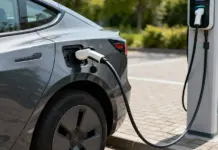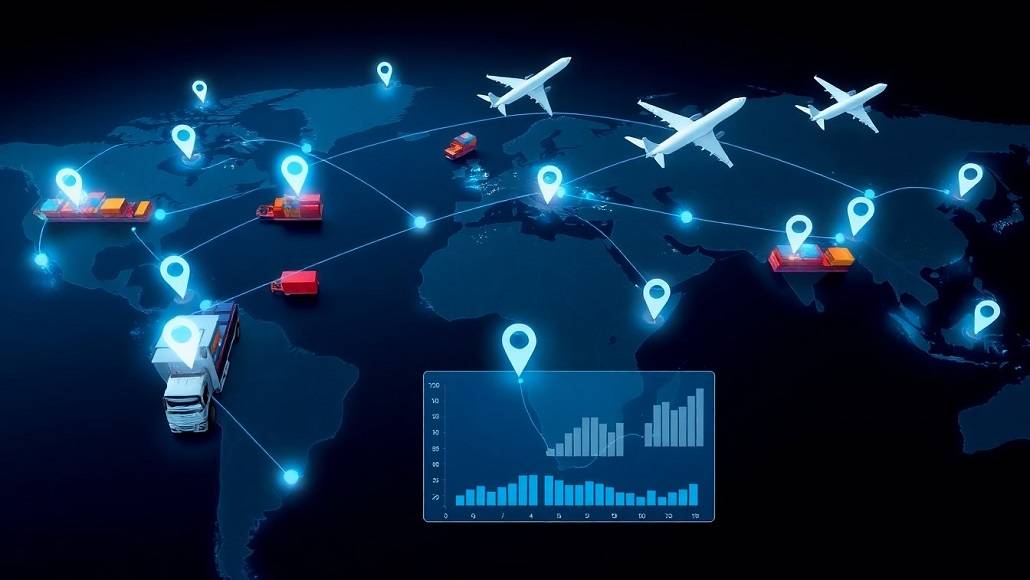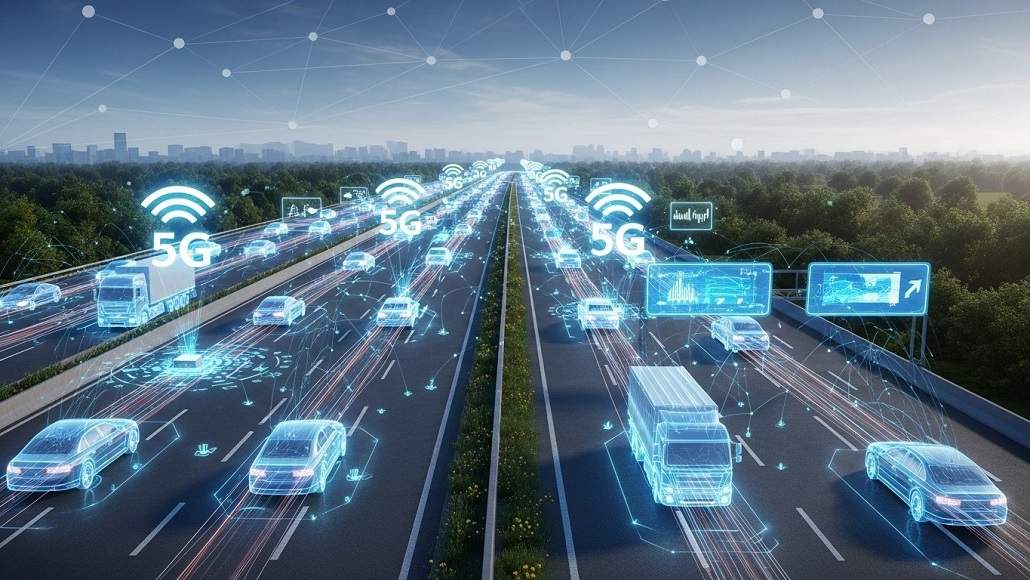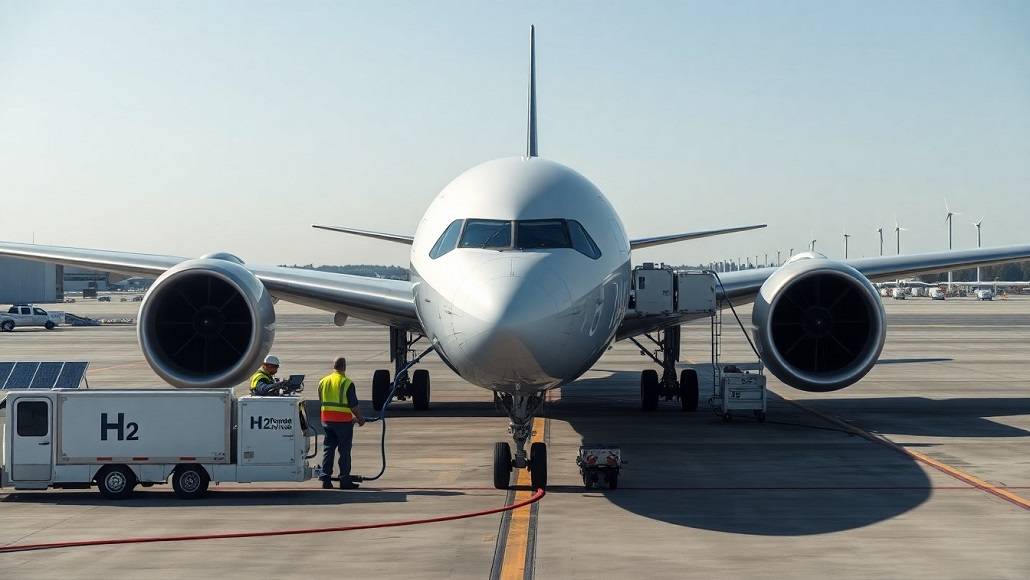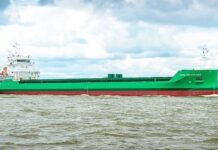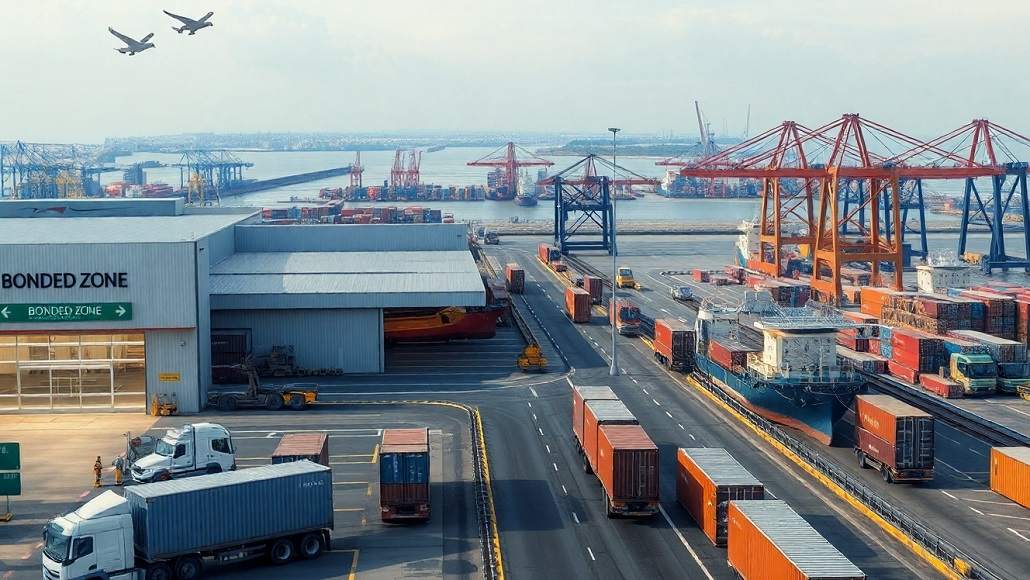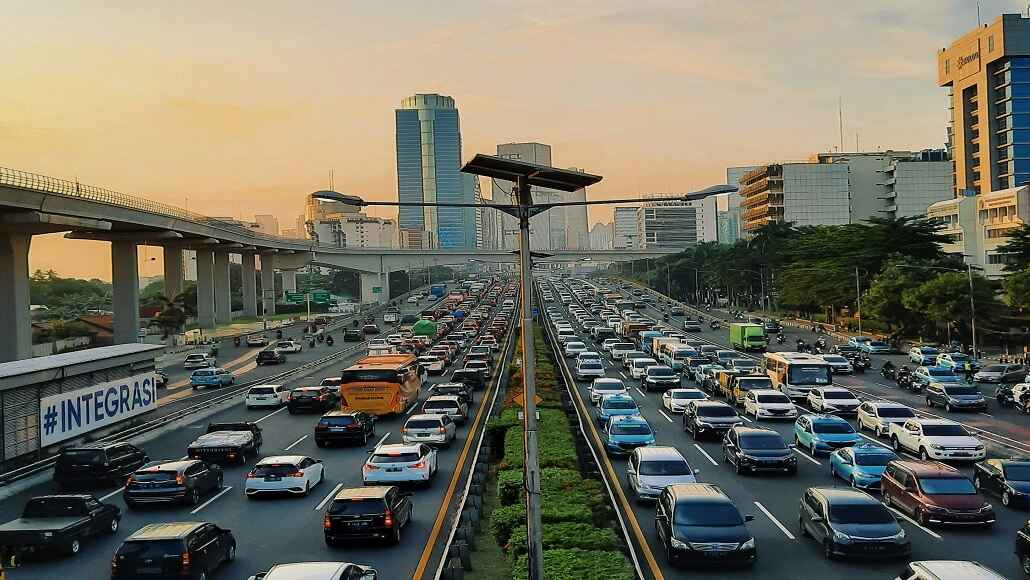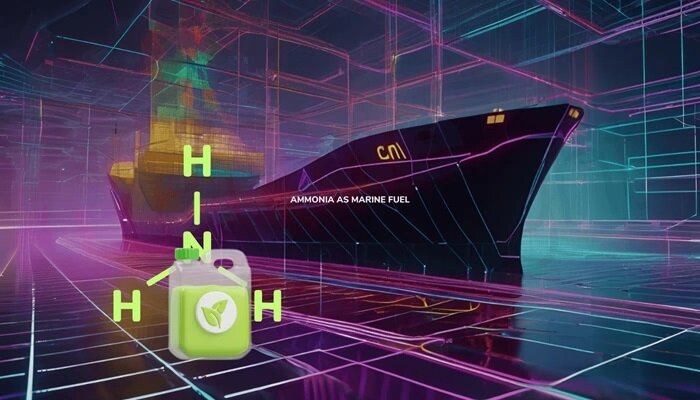Because ammonia (NH3) produces no carbon dioxide when it burns, it is becoming more and more of a viable naval fuel.
A sustainable substitute for conventional ammonia is green ammonia, which is generated using renewable energy sources and is more ecologically friendly. This will help ship owners fulfill the IMO’s 2050 emissions reduction objectives by giving them a fuel alternative that may have no well-to-wake CO2 emissions.
Using Ammonia as a Fuel for Ships
Ammonia has historically been used in the industrial and agricultural sectors, but because of its potential to lower greenhouse gas emissions and advance sustainability in shipping, it has gained attention as a viable substitute marine fuel.
To increase safety and efficiency, toxicity and poor energy density are being addressed via advancements in ammonia combustion technology and fuel cells. Ammonia is becoming more widely acknowledged for its sustainable fuel role as the maritime sector looks for more environmentally friendly options.
Qualities
Technical Details and Specifications
Boiling point: At normal temperature, it has a boiling point of -33 °C, meaning that it has to be compressed and cryogenically stored.
Density: At -33 °C, its density as a liquid fuel is around 0.68 g/cm³. At ordinary temperature and pressure, its gaseous state has a density of 0.77 kg/m³.
In the event of a leak, ammonia will easily dissolve in saltwater due to its high miscibility. It is detrimental to aquatic life, however, and the effects change with concentration, pH, and water temperature.
Although it is not intrinsically flammable, it may generate explosive combinations with air that falls within its 15% to 28% by volume flammability range.
Toxicity: It has to be handled carefully since it is very corrosive and poisonous.
Energy Density: Ammonia is less energy dense than heavy fuel oil (HFO), which has an approximate energy density of 12.6 kWh/kg, at 3.5 kWh/kg. This indicates that in order to produce the same amount of energy as HFO, we must burn almost three times as much ammonia.
Energy/Performance Efficiency: Compared to HFO, ammonia delivers near-complete combustion, which might result in an increase in engine efficiency despite its lower energy density. Depending on the duration of the journey, ammonia-fueled ships may need to bunker more often, therefore factors like storage and fuel efficiency will be crucial.
Ammonia Types
Based on its manufacturing processes and applications, ammonia comes in a variety of forms. These include:
Conventional ammonia is made by combining nitrogen and hydrogen, mostly from natural gas, in the Haber-Bosch process. This kind of ammonia may be modified for use as a marine fuel and is often utilized in industrial applications and fertilizers.
Green ammonia: Made using energy derived from renewable sources. The procedure entails producing hydrogen by electrolyzing water using renewable energy, then combining this hydrogen with nitrogen from the atmosphere to create ammonia. Green ammonia is thought to be a more sustainable alternative as it seeks to reduce the carbon footprint connected with its manufacture.
Like regular ammonia, blue ammonia is produced from natural gas, however during manufacturing, carbon capture and storage (CCS) technology is used to lower CO2 emissions. A transitional strategy, blue ammonia aims to reduce the carbon intensity of ammonia production while it moves toward more environmentally friendly alternatives.
Ammonia generated from fossil fuels without carbon capture is referred to as “grey ammonia,” which increases CO2 emissions. Compared to green and blue ammonia, this conventional type of ammonia is less ecologically beneficial.
Profile of Emissions
When conventional ammonia is extracted and processed from natural gas, large amounts of CO2 are released into the atmosphere. If renewable energy is used during the whole manufacturing process, Green Ammonia emissions may be very minimal.
Conventional ammonia has a greenhouse gas intensity of 1.8–2.2 kg CO2/ton of ammonia produced. For Blue Ammonia, that number falls to 0.6–1.0, while for Green Ammonia, it may be close to zero.
The production process, carbon capture and utilization, and the fuel’s extraction, production, transportation, storage, and burning are all factors that might affect emissions.
Technology Suitability for Engine and Fuel Conversions
Although there aren’t any ships in use right now that run on ammonia since the fuel isn’t yet economically feasible for engines, 2- and 4-stroke engines are being developed.
The special qualities of ammonia need major adjustments or replacements of the fuel and engine systems already in use in marine engines. Ammonia may form nitrogen oxides (NO₍) during burning even if it doesn’t produce CO2. To properly regulate NOₓ emissions, advanced technology or after-treatment systems like selective catalytic reduction (SCR) are needed.
At its land-based testing facility in Perth, Western Australia, Fortescue successfully modified a four-stroke engine to operate on ammonia in conjunction with diesel in 2022, marking the beginning of the Green Pioneer’s path to become the first ocean-going ammonia-powered vessel in history.
Amogy, located in Brooklyn, and Yanmar, based in Osaka, established a partnership in July 2024 with the goal of assisting in the decarbonization of naval fuel technology. They want to create ship power plants that generate hydrogen fuel for Yanmar’s hydrogen internal combustion engines by breaking ammonia using Amogy’s cutting-edge technology.
Operational Issues
Keeping and Managing
Ammonia is kept in specially designed pressure tanks at a temperature below -33 °C, which is its boiling point. It needs an insulated, double-walled tank design to maintain the necessary temperatures and stop leakage.
It is essential to have sufficient ventilation and gas absorption devices in place to disperse any unintentional ammonia gas leaks and avoid the buildup of hazardous vapours.
It is recommended to install ammonia gas detectors and sirens on board in order to continually monitor air quality and offer early warning of leakage.
Overall security
Ammonia is a colorless gas with a strong scent that is unique to it. If it is swallowed, absorbed via the skin, or breathed, health problems arise.
Because of its extreme toxicity, exposure may result in burns, skin irritation, and serious breathing problems. Gas masks, goggles, and gloves are examples of personal protective equipment (PPE) that is needed during handling to shield personnel from ammonia exposure. Ammonia vapor inhalation may be prevented by using high-efficiency respirators fitted with filters designed specifically to filter ammonia.
In order to prepare for any ammonia leaks or spills, regular exercises should be carried out to make sure that staff members are knowledgeable on containment, neutralization (spills are neutralized with acid), cleaning, and evacuation protocols. During an emergency, first aid supplies including body washes and eyewash will be available.
Infrastructure for Bunkering
Anhydrous ammonia bunkering ships covered by the SOLAS convention would also be subject to the IGC Code, much as LNG bunkering ships.
The provision of guidelines, suggestions, technical knowledge, and procedures related to ammonia operations has been greatly aided by classification organizations, flag administrations, port authorities, and organizations for Gas as a Marine Fuel.
There are three choices for bunkering: truck to ship, ship to ship, and terminal to ship. The former offers more flexibility, while the latter offers greater prices and quantities of bunkering.
Segregation from other areas of the ship, forced ventilation, emergency shut-down systems, emergency release/breakaway coupling, quick connect coupling, leak detection, leak safety measures, grounding/isolation flanges, inerting and purging systems, etc. are some of the special considerations at bunker stations.
Cost and Availability
Ammonia output increased from 126 million tonnes in 2000 to 170 million tonnes in 2018. In 2023, the world’s manufacturing capacity grew by 6%.
Natural gas is the feedstock for 97% of the projected capacity expansion, and this percentage is mostly based in nations where natural gas is inexpensive. China generated 31 percent of the world’s ammonia, followed by Russia (10%), the US (8.9%), and India (7.9%).
In contrast, the predicted fuel consumption of all ships in 2020 was 200 million tonnes, or almost 500 million tonnes of ammonia based on energy. The need for marine fuels can only be partially met by the existing ammonia output, since the demand for shipping fuel is also anticipated to rise.
The following key variables will determine the cost of producing renewable ammonia in considerable part:
- The cost of renewable energy, such as solar, wind, and hydropower.
- Capital expenditures and infrastructure.
- Ammonia synthesis and electrolysis using electrolyzer technology.
The typical estimate for the cost of producing one ton of green ammonia is between $500 and $1,200. Ammonia costs are expected to drop to the $300–$700 range because of technological advancements, the affordability of renewable energy sources, and favorable government policies and incentives.



